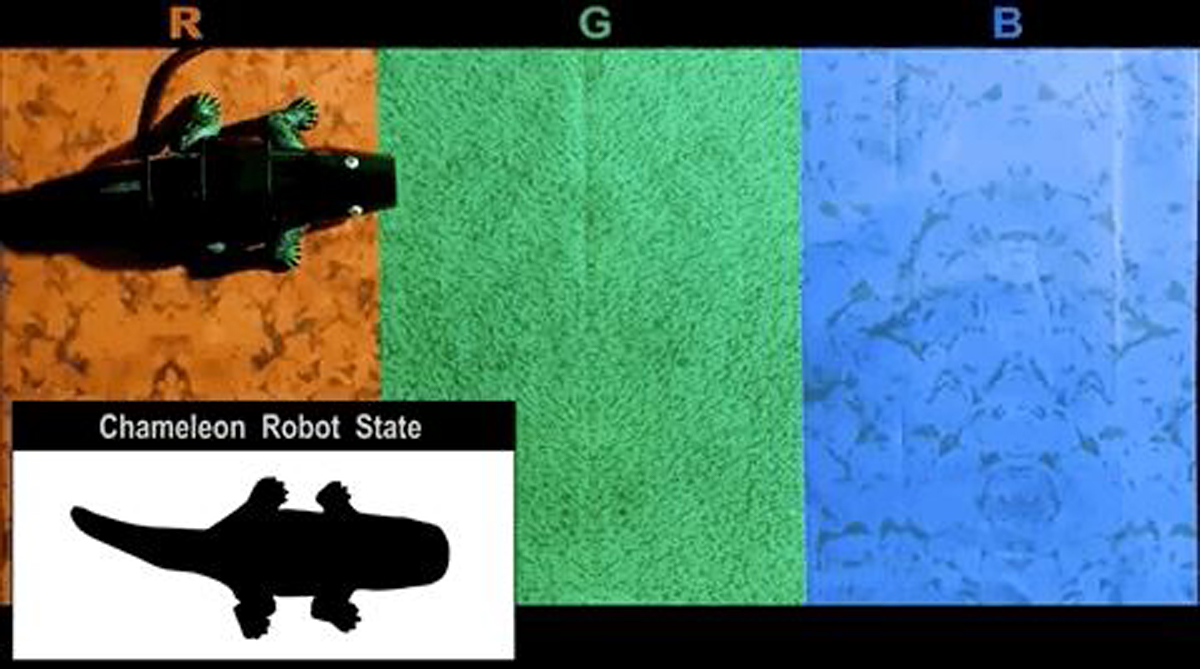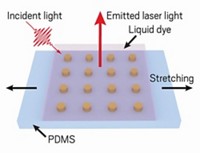Advertisement
Grab your lab coat. Let's get started
Welcome!
Welcome!
Create an account below to get 6 C&EN articles per month, receive newsletters and more - all free.
It seems this is your first time logging in online. Please enter the following information to continue.
As an ACS member you automatically get access to this site. All we need is few more details to create your reading experience.
Not you? Sign in with a different account.
Not you? Sign in with a different account.
ERROR 1
ERROR 1
ERROR 2
ERROR 2
ERROR 2
ERROR 2
ERROR 2
Password and Confirm password must match.
If you have an ACS member number, please enter it here so we can link this account to your membership. (optional)
ERROR 2
ACS values your privacy. By submitting your information, you are gaining access to C&EN and subscribing to our weekly newsletter. We use the information you provide to make your reading experience better, and we will never sell your data to third party members.
Materials
Painting A Picture Of Wound Oxygenation
Porphyrin-loaded liquid bandage monitors oxygen levels to track how well damaged tissue is healing
by Matt Davenport
October 13, 2014
| A version of this story appeared in
Volume 92, Issue 41
Tracking oxygenation levels in a wound allows doctors to monitor a patient’s healing. But dealing with damaged tissue requires a delicate touch. Many existing methods measure skin oxygenation; however, most of them are invasive. Researchers led by Conor L. Evans of Harvard Medical School and Massachusetts General Hospital have worked around that limitation by developing a bandage that can be painted atop a wound to map tissue oxygen content and consumption (Biomed. Opt. Express 2014, DOI: 10.1364/boe.5.003748). The team imbued a commercial liquid bandage solution with an oxygen-sensitive phosphorescent porphyrin dendrimer called Oxyphor R2. The porphyrin’s dendritic arms helped the team control oxygen flux to the molecule’s phosphorescent core and also kept the molecules dispersed throughout the liquid. The researchers painted bandages onto wounds, where they cured into flexible dressings. Measuring variations in the intensity or in the lifetime of the phosphorescent signal over a bandage’s surface allows the team to map the oxygenation of the tissue underneath. Although the team says the sensitivity of its bandage can be improved, few existing oxygen monitors can be applied—or peeled off—so painlessly.





Join the conversation
Contact the reporter
Submit a Letter to the Editor for publication
Engage with us on Twitter